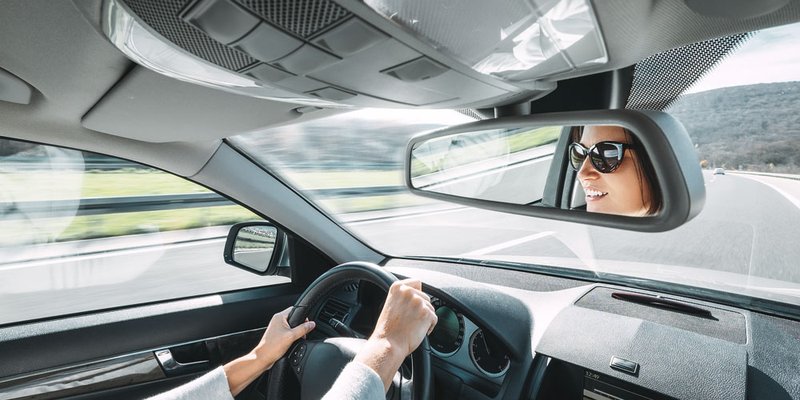
If you are not redirected within 30 seconds, please click here to continue.
Samedi: 10h – 16h HAE

If you are not redirected within 30 seconds, please click here to continue.
If you are not redirected within 30 seconds, please click here to continue.
How Smartphone Telematics Apps Can Improve Your Driving

Usage-based or ‘pay how you drive’ insurance could fundamentally alter the auto insurance business in Canada, industry experts predict.
By combining a GPS system with on-board diagnostics, it’s possible to record exactly where a car is and what’s happening with it, providing auto insurance carriers an opportunity to attract and reward good drivers.
The next challenge is providing a way for drivers to review - and learn from - this gathered data, and so insurance companies are slowly embracing mobile app technology as an option.
Tracking Driving Habits Via Smartphones
Many insurers are concerned, however, with the security of smartphones and worry about the potential for hackers to alter the apps used to collect data. If the point of UBI is to get a more accurate picture of policyholders, then underwriters want to ensure that they’re getting the most accurate data possible.
When designing a smartphone policy, insurers have two principal concerns. The first is the driver, since they will never be able to completely control how he or she uses the app. The second is the device itself, since smartphones can vary sharply in quality.
However, harnessing smartphone capabilities this way should have a positive effect on the insurer-insured relationship, building a trust that insurers have traditionally found difficult to establish, says Andy Goldby, a designer at UBI technology firm The Floow.
“Traditionally, consumers think the companies are asking for too much money, and insurance companies think that drivers make false claims and drive badly,” Goldby says. “In reality, this perception is based on experiences of a small minority of both,” he adds.
The XLNT app, for instance, “allows the user to tag journeys which, for whatever reason, he doesn’t want included in the scores. This would include, for example, journeys he or she took in a taxi or bus.”
This feature puts the insured person in control and shows that the insurer trusts him, he maintains – a key factor in bringing the two parties together.
Know Your App Options
Insurers are moving forward with their telematics app technology. Allstate, for instance, has recently expanded availability of its usage-based insurance tool, dubbed Drivewise, in the United States.
Here in Canada, State Farm's Driver Feedback app, measures acceleration, braking and cornering and provides drivers with a score for each factor, as well as an overall score for each recorded trip. The information is for the customer's use, however, not the insurance company's.
Earlier this year, insurance giant AIG introduced its XLNT smartphone app throughout Europe, using his firm’s telematics technology. The score it produces is accompanied by a visual representation of each trip in order to help drivers understand their habits better.
Kanetix Introduces DriveSmart App
While insurers may be unsure as to how to proceed, third party providers are not. Kanetix, for instance, has created its own smartphone app called DriveSmart
While not tied to any particular insurer, the app grades the users’ driving, giving them an idea of how UBI works on a smartphone, and also providing them with a comparative score.
It also takes into consideration the driver's speed, and for how long it’s maintained, which is factored into the overall driving score.
Drivers then see a progression graph that shows how their scores have changed over time. According to Kanetix, those with an overall average score over 70 would be considered ‘safer’ drivers, and could likely expect some consideration from UBI program providers.
Get money-saving tips in your inbox.
Stay on top of personal finance tips from our money experts!









